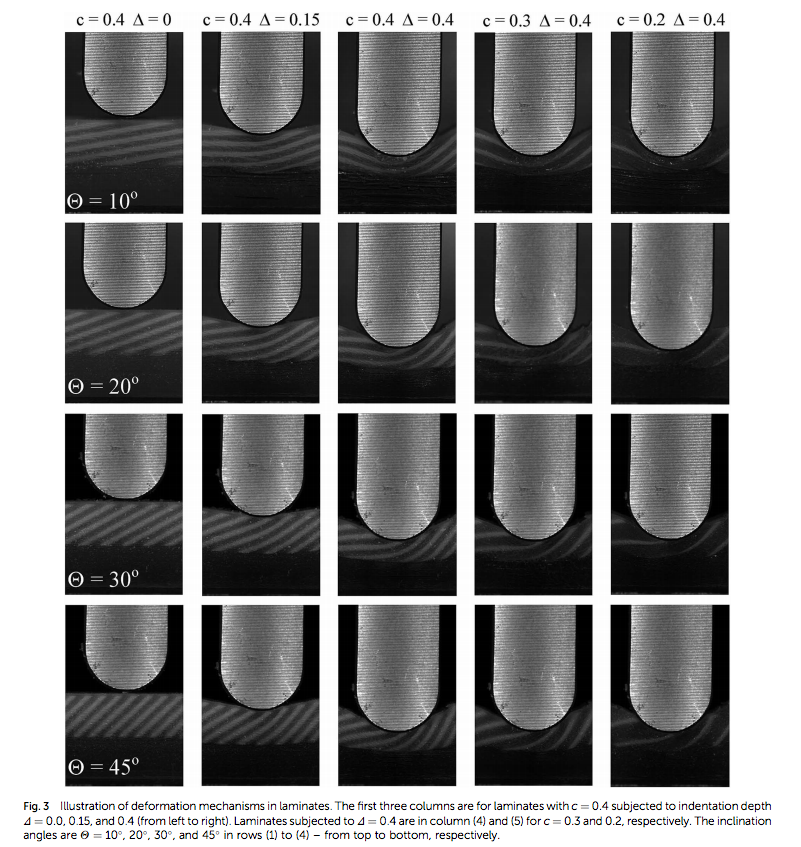A collaboration between American and Israeli researchers has produced a prototype of a new type of body armor inspired by the flexibility of fish scales and other naturally occurring imbricated body armor. The armor prototype was designed to maximize the wearer’s ability to move unencumbered while providing significantly more protection than standard Kevlar body armor.
While scale armor has been used for centuries, examples very often had very little in common with the fish scales that inspired it. They were made of rigid plates crudely attached to each other and offering little in the way of maneuverability. But the body armor developed by MIT and Technion does more than simply look like the scales that inspired it and actually creates multiple layers of rigidity and flexibility, just like real fish scales. The outer layers of the body armor is made of stiff plates while being attached to a highly flexible under-layer.
“Many species of fish are flexible, but they are also protected by hard scales,”explained project lead Professor Stephan Rudykh of the American Technion Society. “The secret behind this material is in the combination and design of hard scales above with soft, flexible tissue below.”
The key is altering the shape and size of the scales depending on what part of the body is being covered; this allows the user to have more protection in areas that require less flexibility and a greater degree of motion than typical body armor would allow. The flexibility ratio was calculated using a new metric developed especially for this project called “protector-flexibility.”
The armor is being 3D printed on the Objet500 Connex from Stratasys which allows for multiple printing materials to be used at the same time. This allowed researchers to experiment with altering the density of the scales until they found an ideal ratio that increased the resistance to penetration by a factor of 40 with only a reduction in flexibility of a factor of five.
And the armor can even be customized to suit the wearer’s body and individual preferences, so users can sacrifice flexibility for durability depending on the specific mission requirements. Mission parameters are going to vary between a sniper hiding in dense foliage to a Navy SEAL engaging hostiles. Current body armor options are made of Kevlar fibers and offers a lot less mission-specific adaptability.
The MIT research was backed by the US Army Research Office, which is clearly looking for alternative combat armor options and the prototype will be tested for military applications and for its effectiveness in stopping projectiles. But because of the flexibility of the prototype, varieties of the new type of scale armor can also be adapted to help protect astronauts from ambient radiation or micro-meteorites while performing actions while on a space walk.
This isn’t the first time that nature has inspired advances in technology and it isn’t even the first time that modern 3D printed scale armor has been researched. However, Rudykh and his team have taken it to the next level by bringing the armor to the prototype stage for testing. It is very likely that our future military personnel and law enforcement officers will be custom fitted with 3D printed body armor that was created specifically for their bodies and individual duties.
“Our findings provide new guidelines for developing simple material architectures that retain flexibility while offering protection with highly tunable properties,” concluded the researchers. “The tailored performance of the protective system – with characteristics that can be tuned according to the required movements at different regions of the body – draws its abilities from the microstructural geometry. The ability for a given microstructure to offer different deformation resistance mechanisms is key to achieving the multifunctional design of stiff plates and soft matrix. We found that careful selection of microstructural characteristics can provide designs optimized for protection against penetration while preserving flexibility.”
What do you think about the latest 3D printed advancement that was inspired by nature? You can discuss it on the 3D Printed Fish Scale Inspired Body Armor forum thread over on 3DPB.com.
Subscribe to Our Email Newsletter
Stay up-to-date on all the latest news from the 3D printing industry and receive information and offers from third party vendors.
You May Also Like
3D Printing News Briefs, April 13, 2024: Robotics, Orthotics, & Hypersonics
In 3D Printing News Briefs today, we’re focusing first on robotics, as Carnegie Mellon University’s new Robotics Innovation Center will house several community outreach programs, and Ugogo3D is now working...
Rail Giant Alstom Saves $15M with 3D Printing Automation Software 3D Spark
3D Spark has entered into a three-year deal with the rail giant Alstom. Alstom, a transport behemoth with annual revenues of $16 billion, specializes in the manufacture of trains, trams,...
Meltio Expands Global Reach with New Partnerships in the Americas and Europe
Spanish 3D printing manufacturer Meltio has expanded its sales network across the globe. With the addition of three new partners in the United States, Brazil, Argentina, and Italy, Meltio aims...
3D Printing Webinar and Event Roundup: April 7, 2024
Webinars and events in the 3D printing industry are picking back up this week! Sea-Air-Space is coming to Maryland, and SAE International is sponsoring a 3D Systems webinar about 3D...
































